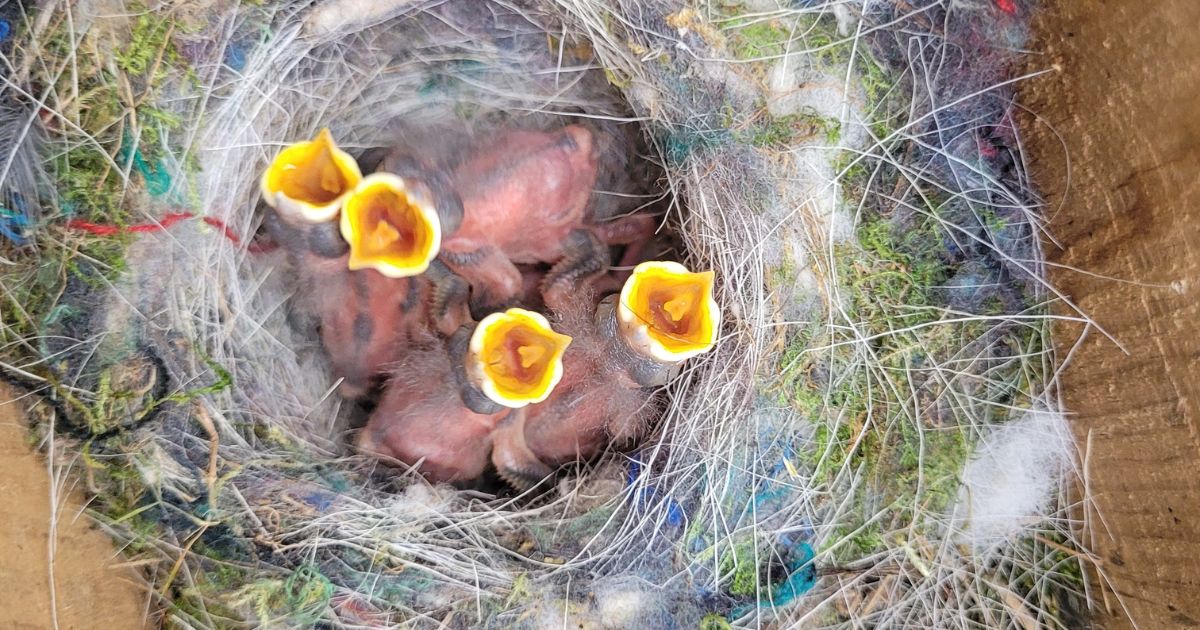Investigadores do MARE demonstram como piolhos, moscas, pulgas e ácaros afetam a saúde e o sucesso reprodutivo de chapins
MARE researchers took part in an international study that reveals how the presence of parasites in nests can harm the health, growth and even reproduction of wild birds. The article, entitled “Drivers and consequences of nest ectoparasite pressure in tit nestlings”, was published in the scientific journal International Journal for Parasitology: Parasites and Wildlife and was co-authored by Catarina G. Cascão, Inês Vilhena, Ana Rita Cabrera and the others. Cascão, Inês Vilhena, Ana Rita Cabral, Fábio Marengo, Joana Girão, Jaime Ramos and Ana Cláudia Norte.

The study took place in central Portugal, where the researchers followed two species of birds that are quite common in our country - the great tit (Parus major) and the blue tit (Cyanistes caeruleus) - which raise their young in nest boxes. During two breeding seasons, dozens of nests were analyzed for the presence of ectoparasites, such as lice, blowflies, fleas and mites, as well as the effects they have on the chicks and the condition of the nests.
The results are clear: parasites impose serious costs on the birds. Chickadees that grew up in nests with a higher number of blowflies showed signs of anemia and slower growth. Nests infested with obligate parasitic mites were associated with blood changes and, in the case of the blue tit, a lower probability of females laying eggs.
Fleas also had a negative impact: great tit chicks from infested nests showed blood changes that indicate physiological stress.
In addition to the direct effects on the chicks, the study identified factors that increase or reduce parasite infestation. The reuse of nest boxes, for example, was associated with a greater presence of flies and mites. Litters started later in the breeding season also faced higher levels of infestation. On the other hand, nests with certain types of insects - such as coleopterans from the Staphylinidae family and small Collembola arthropods - had fewer mites, suggesting the establishment of more complex ecological interactions inside the nests.
Interestingly, anthropogenic materials, such as plastics and synthetic fibers used by the birds to build their nests, were associated with a reduction in the number of fleas in the great tit nests, although they also attracted other types of insects.
This study provides an in-depth look at the pressures that parasites impose on cavity-nesting birds and highlights the importance of more informed conservation practices, such as the careful management of nest boxes used in bird monitoring and support programs.
By showing the physiological and behavioral effects of parasitism on nestlings and adults, the research reinforces the value of understanding the ecology of these natural systems and contributing to the protection of birds in environments increasingly influenced by human action.
To read the article click HERE
Written by Patrícia Carvalho
